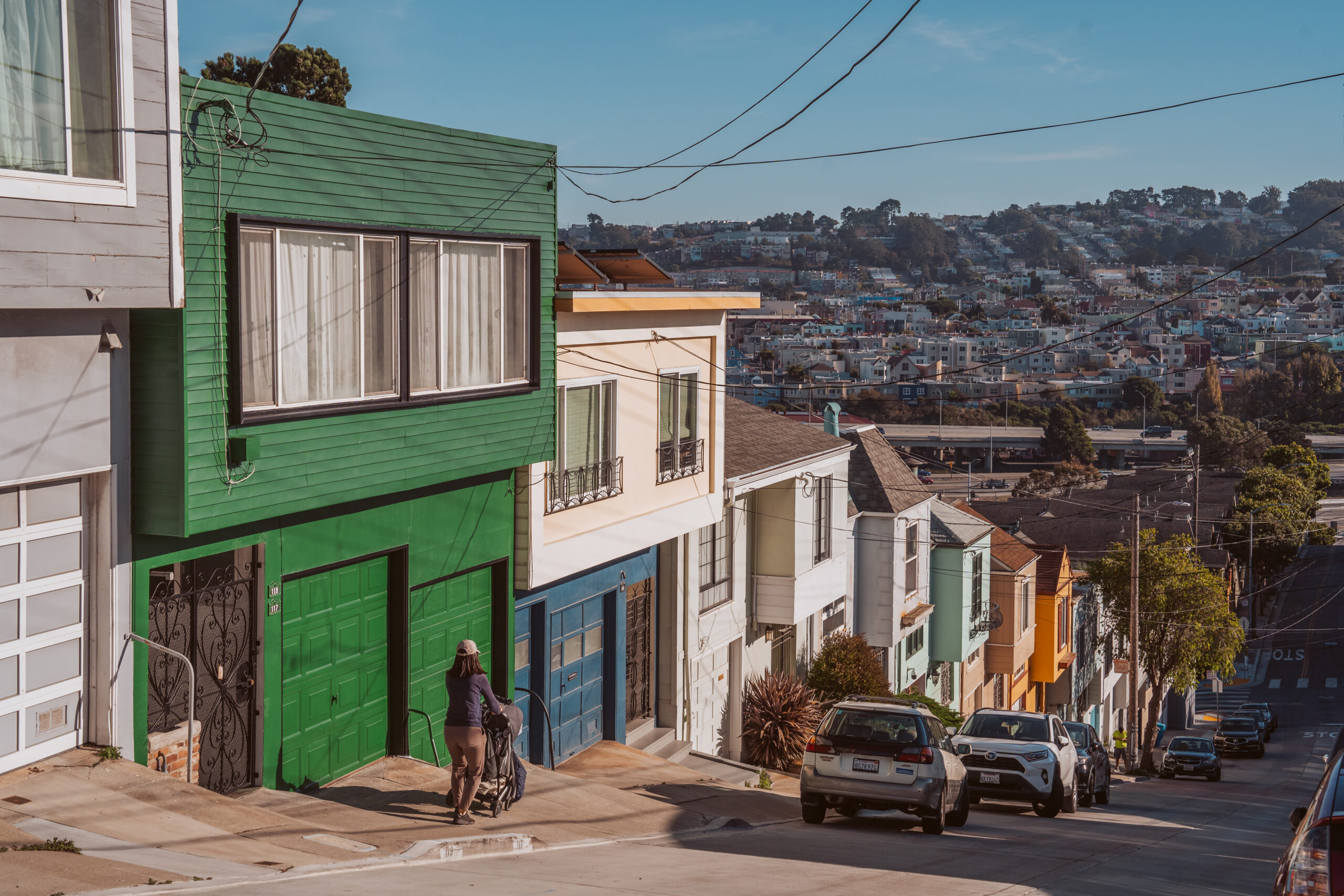This year was a big one for housing in San Francisco—and the entire Bay Area—as city and state leaders tackled that perennially consequential issue.
As a state deadline looms, the city made considerable headway in demonstrating a path toward constructing 82,000 new homes over the next decade. But penalties for lackluster progress on policy reform and a coming economic slowdown threaten to destroy it all, setting the stage for a 2023 that will separate the wheat from the chaff.
Here’s Where We’ve Been
Technically, it was late 2021 when the San Francisco Board of Supervisors rejected a planned housing development at 469 Stevenson St., a project that would have created nearly 500 units. But the move ignited outrage and even a lawsuit that would last through all of 2022, inspiring some key victories for the YIMBY camp this year.
The biggest of those wins last year was state law AB 2011, which allows developers who want to build housing along transit-rich corridors to skip lengthy environmental review processes so long as they agree to certain labor standards, and which could result in millions of new units statewide.
That environmental review? That’s the California Environmental Quality Act (CEQA), the same law used by the Stevenson project’s opponents to kill it. It was also the subject of major drama at UC Berkeley after neighbors went head-to-head with the university around growing enrollment and its housing expansion plans.
Back in City Hall, supervisors spent the majority of the year debating over a much smaller piece of legislation. Known as the city’s “fourplex” bill, it eventually expanded zoning to allow four units on any lot in the city and six on corner lots—but only after handfuls of iterations, a mayoral veto and hundreds of hours of staff and electeds’ time.
That fight would set the stage for the city’s next big debate: The Housing Element Update, a state-mandated, eight-year housing plan now armed with higher expectations and sharper teeth than ever. After four drafts and some tough love from the state, the SF Planning Department and its commission finally coalesced around a final version this month, which targets the city’s west side for upzoning and includes a midterm “circuit breaker” if the city isn’t meeting its housing goals.
Oh, right, and there was an election. San Franciscans passed a vacancy tax but decided against both measures intended to streamline housing production.
The chickens have come to roost as the state has opened an investigation into the city over its policies and practices, which may be standing in the way of progress on building.
Here’s Where We’re Going
Come January, the rubber hits the road.
The first results of the state’s investigation are expected early next month and may even come in time to inform the Board of Supervisors’ review of the Housing Element plan. That must be finalized by Jan. 31, 2023, or the city could lose control over its own zoning laws.
At the state level, Sen. Scott Wiener has already unveiled his first piece of legislation, which could unlock 40,000 acres statewide for new housing on land owned by public colleges and religious institutions, as he hopes to build off the growing coalition of YIMBYs and labor leaders that pushed AB 2011 over the finish line last year.
And after the planning commission reviewed a new environmental study for the 469 Stevenson project in December, it will take it up early next year, likely paving the way for its approval.
But it may be too little, too late, for the Stevenson Street project—and so many other large-scale housing developments—as developers have been scared away from San Francisco due to high costs and regulatory barriers that have slowed down the building pipeline and even made conversions of empty office buildings highly unlikely.
So if you thought this year was crazy for housing policy, stay tuned, because San Francisco could be in for a wild 2023.
